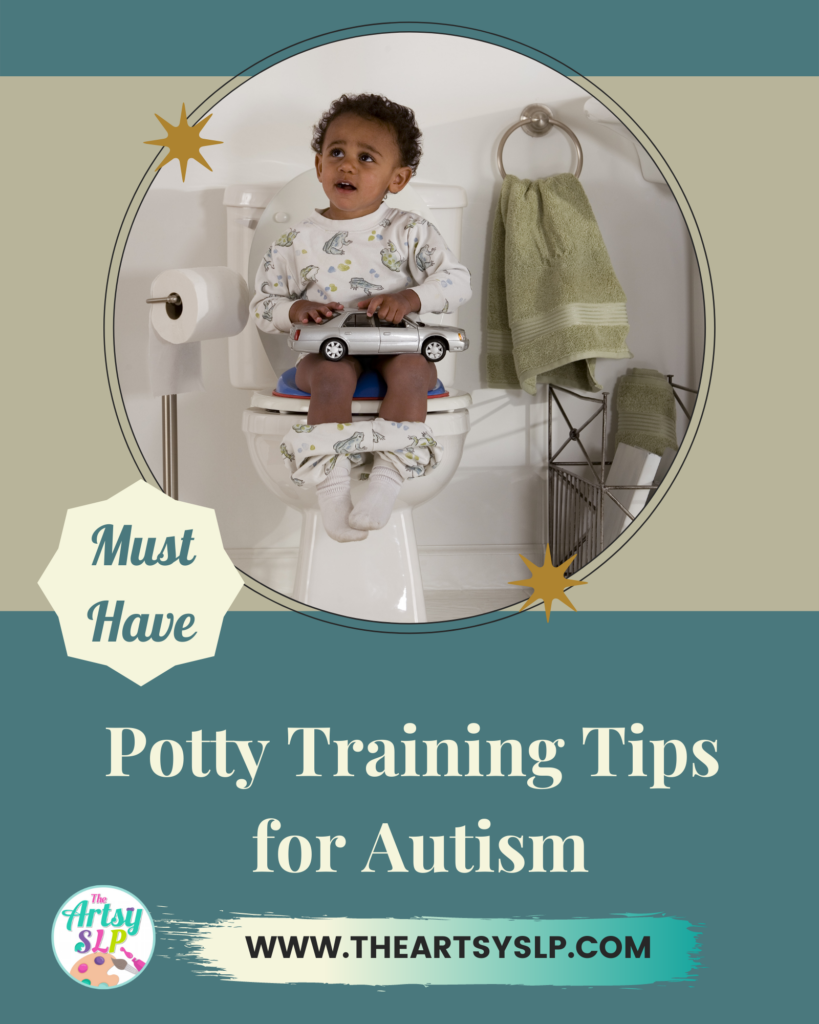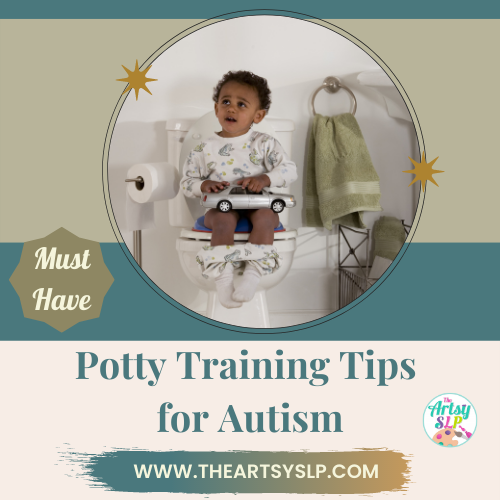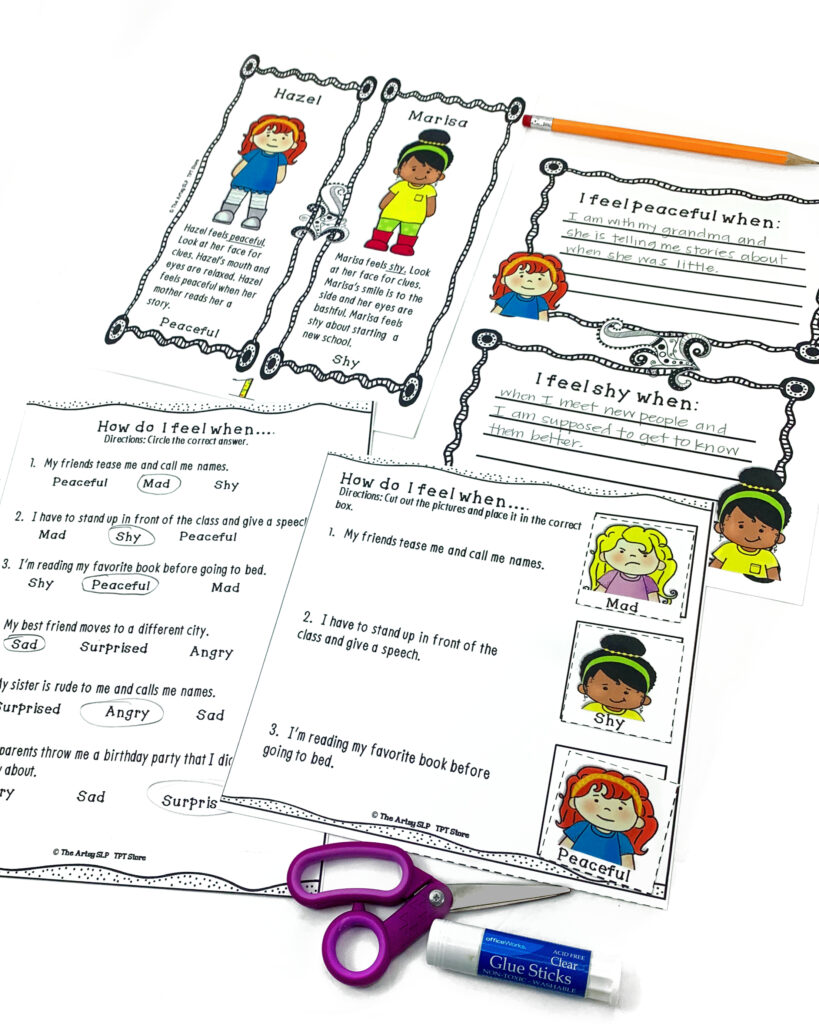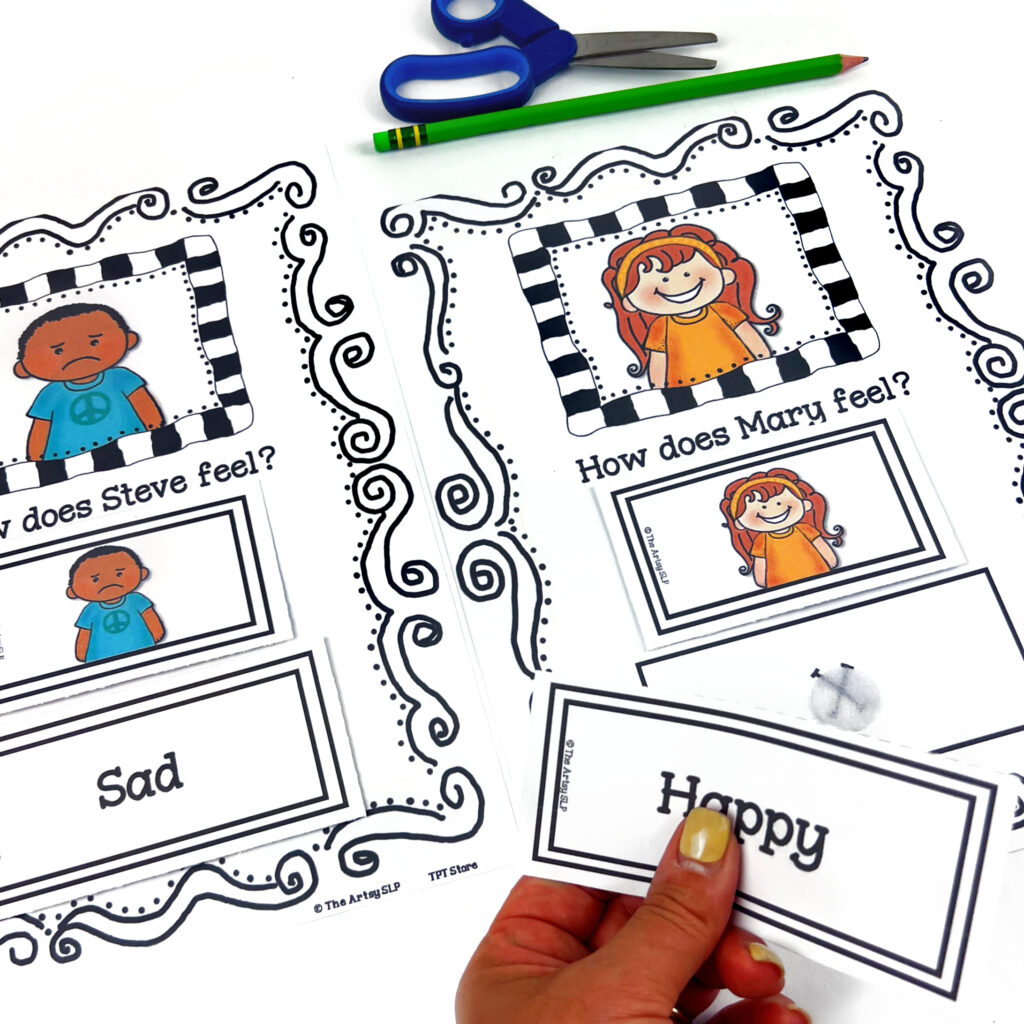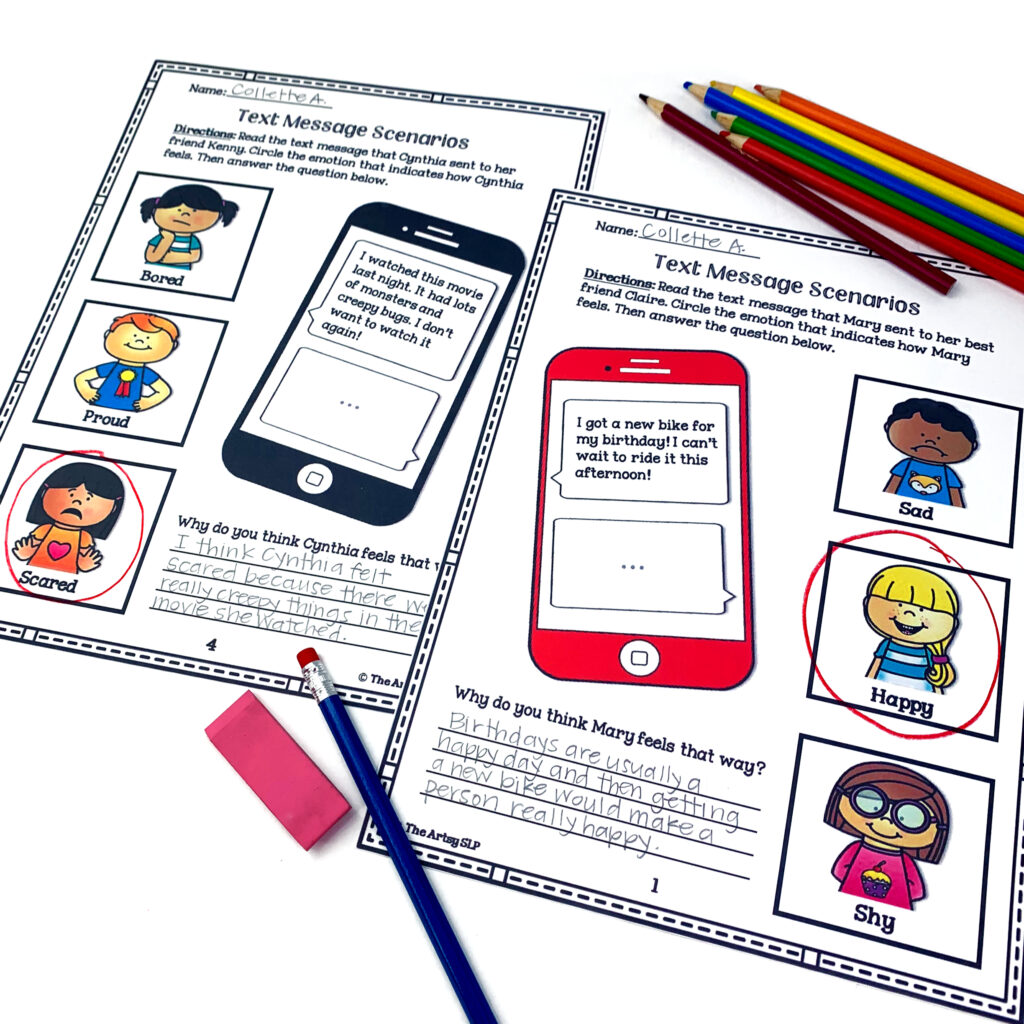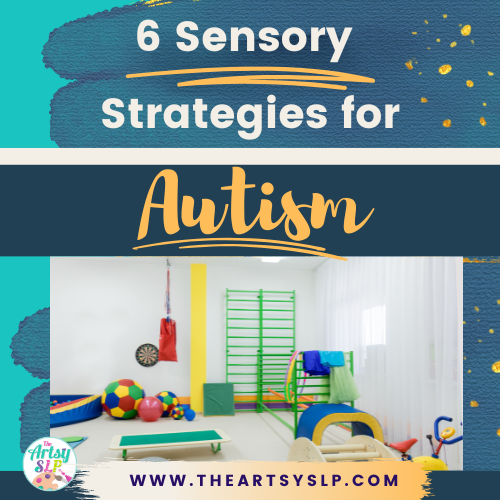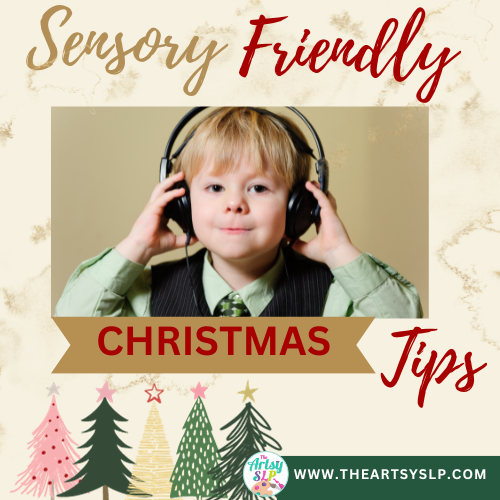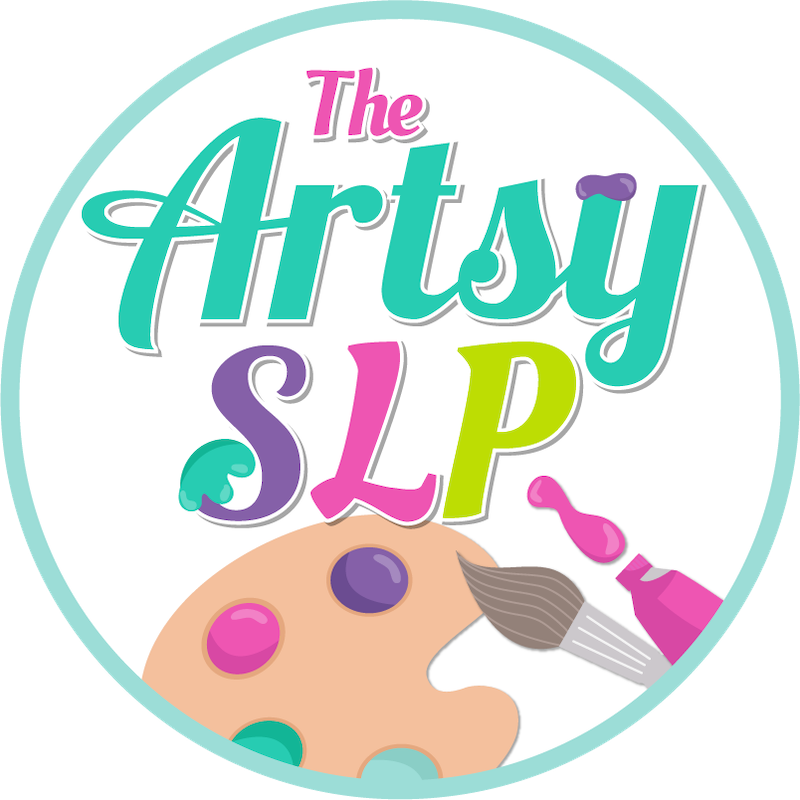Potty training a child on the spectrum requires patience, time, and dedication. The first step is realizing that the process will be different. As a parent of a child with autism, I know how challenging it can be. Read on to learn tips to use during your potty training journey.
How do you potty train an autistic child?
Typically, it does take a little longer and there are unique challenges with toilet training a child on the spectrum. Before getting started, read my post 7 Tips On How Autism Impacts Toilet Training. This post outlines how sensory processing, rigidity with routine, and communication impact the potty training process.
At what age should a child with autism be toilet trained?
There is no typical age. Before getting started, make sure that your child is not having any urological problems that may impact toilet training. Consult with your pediatrician if you observe your child in discomfort when using the bathroom, can’t hold their urine, have fewer than two bowel movements or weak, or they are having difficulties going to the bathroom. Below I address the signs to look for to determine if your child is ready to be potty trained. Grab my Feelings and Emotions Freebie for more autism related activities.
Parent’s Guide to Toilet Training Children with Autism
1) Have Patience
Think of potty training as a marathon, not as a race. Children with autism have unique sensory needs and rigidity with routine that can impact the potty training process. Typically, kids on the spectrum meet some of their developmental milestones at a different pace. Try not to focus on your child’s age or think they should be potty trained by a certain time. Give yourself grace and realize that it will take time. Instead, focus on your child’s strengths, celebrate their accomplishments, and know that they will get there.
2) Make sure your child is truly ready
Trying to potty train your autistic child before they are ready will not be successful. In fact, the process may take even longer if you start too soon. I made this mistake. After several frustrating attempts, I finally realized that my son just wasn’t ready. So I stopped the process and decided to try when he was older. That is when I had success.
Signs that an autistic child is ready to be potty trained:
- Showing an interest in the toilet, sitting on it, or watching an adult use it
- Taking an adult to the bathroom to get a clean diaper or pull-up
- Having a dry diaper for a longer period of time
- Waking up dry from a nap
- Showing discomfort when being soiled and wanting to be charged
3) Plan Ahead of Time
Following these steps and preparing ahead of time will help facilitate the potty training process.
Potty seat and step ladder–I personally prefer the potty seat that sits on top of the regular toilet. A potty chair is also an option. However, the potty chair is just another transition that your child will have to face; transitioning from the potty chair to the toilet. That is why I prefer the potty seat because your child is already using the toilet. You can even buy a potty chair that also has the capability to take the seat off to place on the toilet.
Underwear in your child’s size–Buy underwear with your child’s favorite cartoons to help motivate them to wear the underwear.
Timer–To set up a familiar routine and to track how long your child should sit on the toilet.
Behavior Chart–Keep track of when your child uses the potty, if they urinate or have a bowel movement, when they have an accident, how many times you attempt the toilet, and any other behavioral notes. Then your child can put a sticker every time they attempt the potty. This motivates them to keep trying. I posted my son’s behavior chart on the bathroom door.
Reinforcers–I highly recommend having reinforcers that you only use when the child is in the bathroom. This will help motivate them to want to go to the potty. I made a kit of sensory items just for the bathroom. My son loves play-doh. So I kept playdoh in the kit and he only got to use it when he went to the bathroom. Other items could include: bubbles, squishy ball, fidget spinner, or popit. Then your child will look forward to going to the bathroom to use that sensory item. I have found that if my son had access to it at other times, then it was not as motivating.
Rewards–I also had items ready for when my son actually used the potty. I got some mints, showed him the mints, and let him know that when he used the potty, he would get to eat one. I used this as another reinforcer to show that when he had success on the potty, then he would get the reward. As soon as he used the potty, he was excited to have his mints. I recommend using a highly motivating reward that your child does not have access to at any other time.
Children’s Books and Videos on Using the Potty–This will also help prepare your child for starting the potty training process. Reading to your child about the toilet and watching videos will help show them what to do and what is expected.
Social Story and Visual Schedule–Using a social story will also show your child what is expected. It will also reassure them that it is okay to use the toilet and that you are transitioning to something new. Having a visual schedule will help walk your child through the different steps. You can use pictures or photos. Another option is to put pictures on your child’s ipad to show them what to expect.
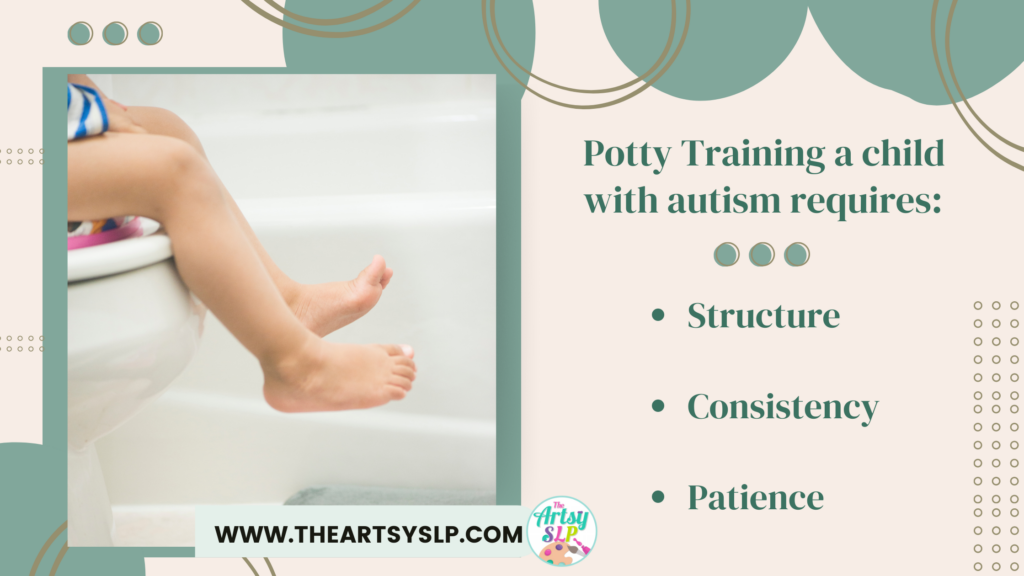
4) Potty Training Process
This phase will take structure, consistency, and patience. Once you have prepared ahead of time, it’s time to start the process. It’s helpful to pick a starting date when your child will have extra time; such as during the summer or during winter break. Next, it’s important to pick one bathroom to concentrate your efforts. Pick the bathroom that your child feels the most comfortable and is easy to get to. Then follow these guidelines:
- Form a new routine–Go to the bathroom every 30 minutes for the first 2 days. After the first 2 days, take your child to the bathroom every hour. If your child is dry when they go to the bathroom, praise them for keeping their underwear dry.
- Have your child wear underwear–If your child has an accident, it is important not to get upset. Keep a neutral tone and remind them that we go potty in the toilet. Also, it is not uncommon for your child to soil themselves after sitting on the toilet. It is okay to use pull-ups at night time during the potty training process.
- Increase liquid intake–Encourage your child to drink fluids; especially water and to eat fruit. After the first week, you can slowly decrease their fluid intake.
- Sit on the toilet for five minutes– Set the timer. Your child can play with their reinforcers while sitting on the potty. This will help keep them entertained. It’s important not to have your child sit on the toilet for a long time because they may become frustrated. If your child indicates that they have to go, then have them sit longer.
- Behavior chart–Have your child put down a sticker every time they attempt to go potty. Take notes and keep track of the following:
- When your child uses the potty
- When they have an accident
- What type of accident
- If they urinate or have a bowel movement
- The number of attempts at using the toilet
- Other behavioral notes: time of day, frequency, etc.
Look for any patterns, like a certain time of day that your child has to use the toilet. Most children are consistent with the time they need to go to the bathroom.
Remember to be patient and consistent. Eventually, your child will get there.
Autism Resources:
jjjjjjjjkkjn;ljkn;lkjlkjkljlkj;lkjlkjlkjlkj;lkjlkjlkj
kjhjkhkjhkljhlkhkljhkhjlkjhlkjh
kjhkjhkjhkjhkjhkjhkjhkjhkjhkjh
